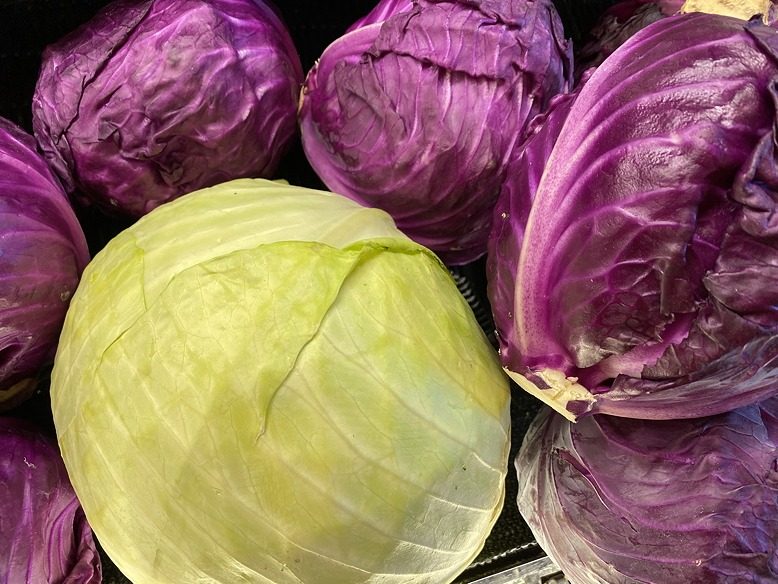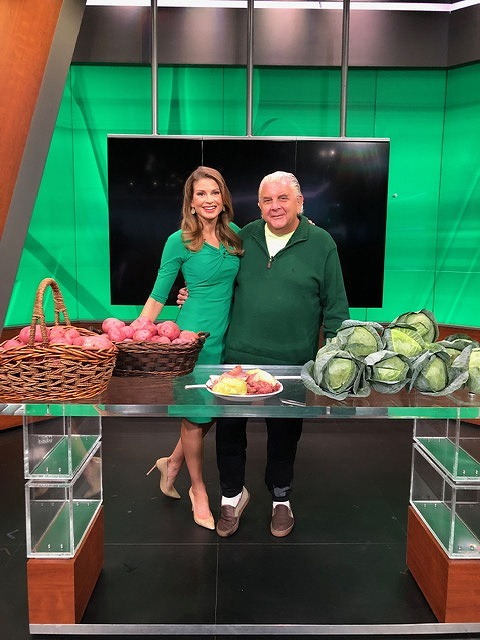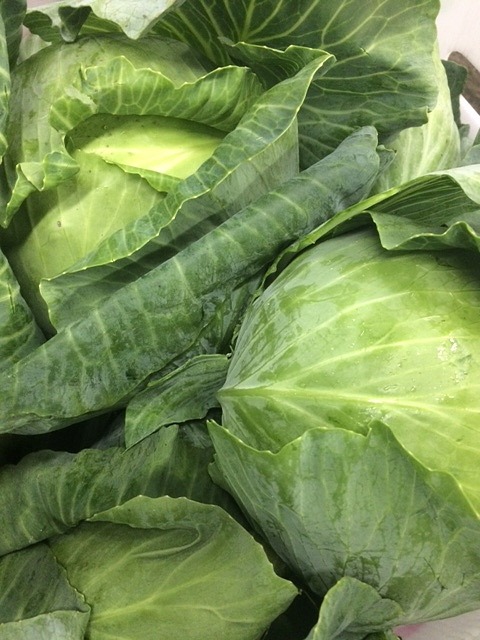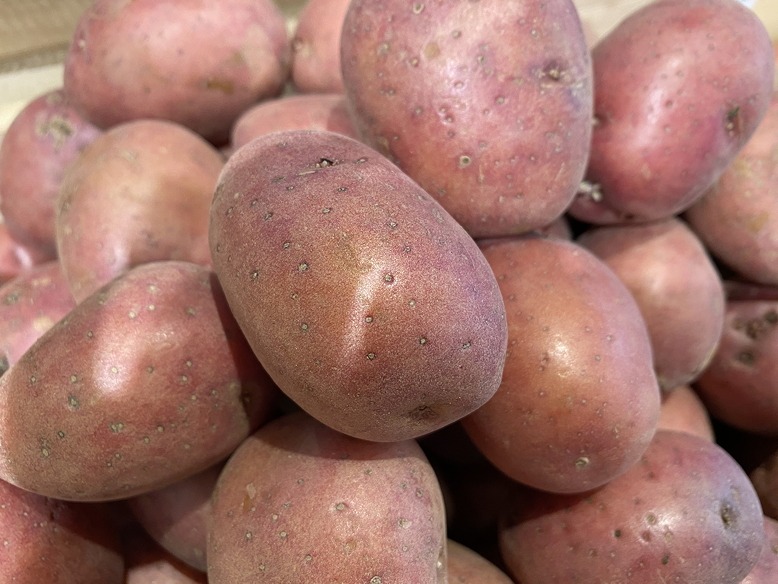
Growing up with an Italian father and an Irish mother, corned beef and cabbage was a must for us on St. Patrick’s Day, even though my pop wanted to put tomato sauce on it. Actually, my pop came to love my mom’s corned beef and cabbage and our family became Irish, at least for that day. In fact, in later years when my pop retired to Florida with my mom, he would dress up in a green sport jacket, green pants, and green tie, get on his motorcycle, pick up the Irish nuns at my sister Lu Anne’s school (my sister was quite a bit younger than me and moved to Florida with my parents to complete her middle and high school years when they retired there), and ride them in the St. Patrick’s Day Parade in Delray. To this day whenever the St. Patrick’s Day parade rolls around, I still laugh when I think about my tough, hard-working pop all decked out in his green outfit giving nuns rides. I guess the old saying that everyone is Irish on St. Patty’s Day is really true!
The Truth Behind the “Authentic” St. Patrick’s Day Dish

Produce Pete covers cabbage and potatoes with anchorwoman Jen Maxfield during a St. Patrick’s Day-themed segment on NBC Weekend Today in New York. Photo courtesy of Pete Napolitano
Believe it or not, the first St. Patrick’s Day parade took place not in Dublin but in New York City in 1762. Over the next century, as Irish immigration to the U.S. exploded, immigrants brought their own food traditions, including soda bread and Irish stew. Though pork was the preferred meat in Ireland because it was cheap, it was prohibitively expensive in the U.S. for most newly-arrived Irish families, so they began cooking beef instead.
So how did their workhorse meal of pork and potatoes become corned beef and cabbage? Members of the Irish working class in New York City frequented neighboring Jewish delis and lunch carts and it was there that they first tasted corned beef. Cured and cooked much like Irish bacon, corned beef was seen as a tasty and cheaper alternative to pork. And while potatoes were certainly available in the U.S., cabbage offered a more cost-effective alternative for cash-strapped Irish families. Cooked in the same pot, the spiced, salty beef flavored the plain cabbage, creating a simple, hearty dish that was easy to prepare and soon beloved by Americans nationwide regardless of their ethnic heritage.
Kudos to Cabbage

Green cabbage is the ideal variety for making corned beef and cabbage. Photo courtesy of Pete Napolitano
One of the least expensive and most available of all vegetables, cabbage has been around for more than 4,000 years and it’s claimed it possesses many anti-cancer properties. Many people unfortunately overcook it, but when it’s cooked quickly and evenly, cabbage has a mild, sweet flavor and a nice texture; eaten raw, it’s spicier and crunchier. Offered in varieties such as red, green, and savoy (which has puckered, wrinkly leaves and a looser head), cabbage is available year-round at reasonable prices.
When selecting cabbage, choose hard, round heads that are crisp, brightly colored, and clear of black edges or other signs of rot. To store cabbage, refrigerate it in a plastic bag or in the crisper drawer, where it will keep well for weeks. If the outer leaves turn yellow or dry out, simply peel them off, as the cabbage underneath will still be good.
When preparing cabbage, pull off and rinse the green outer leaves for use in making stuffed cabbage. The head may be cut into wedges for steaming, sliced thin for sautéeing, shredded raw and mixed with salad greens, or made into coleslaw. For a tasty winter salad, shred cabbage together with apples and carrots, then add raisins and nuts and toss with a dressing. Cabbage is excellent pickled, added to stir-fries, made into sauerkraut, or cooked and served with corned beef, smoked pork, or German sausage. Cabbage is also good simmered in vinegar and allowed to cool overnight, then served as a side dish with veal or pork.
Props for Potatoes
Available in over two hundred varieties, potatoes are members of the nightshade family (along with tomatoes and eggplant).
Popular varieties include Red Bliss as well as “new” potatoes, which are early-season potatoes available in red or white versions that are delicious when they’re boiled and eaten with their skins on or else peeled after cooking. Highly nutritious Yukon Gold potatoes have a golden color and a buttery flavor; yellower, sweeter, and heartier than regular potatoes, Yukons whip up beautifully and have a rich look and taste without the addition of butter.

Red bliss potatoes are a perfect companion for corned beef and cabbage on St. Patrick’s Day. Photo by Susan Bloom
When selecting, look for potatoes that are free of sprouts from the eyes, wrinkles, cuts, or dark spots; the potato should also feel heavy in the hand for its size. Potatoes prefer the dark, so avoid potatoes with a greenish tint to their skin, as these have been exposed to light for too long and will have a bitter taste. “New” potato varieties (those that are harvested early and shipped directly to market) should be stored in the refrigerator if you plan to keep them more than a few days, while “old” potatoes (ones that have been left to mature in the ground for a longer time) generally keep longer and are best stored in a dark, dry place that’s not too warm.
When preparing them, thin-skinned or “new” potatoes can be eaten with their skins; simply scrub them before cooking. “Old” or stored potatoes need to be scrubbed very well or peeled. Potato eyes that have started to sprout can be easily removed if you first push the sprout in with your thumb, then pluck it out.
While I was growing up in North Jersey, our family looked forward to a meal of corned beef and cabbage with red potatoes every St. Patrick’s Day. Hope you enjoy my mom’s recipe made easy so that you can share the experience too!
Louise Napolitano’s “Lucky” Corned Beef and Cabbage
Ingredients:
3 pounds corned beef brisket with spice packet
8-10 small red potatoes, cut in half
5 carrots, peeled and cut into 3-inch pieces
1 large head green cabbage, cut into wedges
Directions:
Place corned beef in large pot or Dutch oven and cover with water. Add the spice packet that came with the corned beef. Cover pot and bring to a boil, then reduce to a simmer for approximately 45 minutes per pound or until fork tender. Add potatoes and carrots and cook until the vegetables are almost tender. Add cabbage and cook for 10-15 more minutes. Remove meat and let rest 15 minutes. Slice meat across the grain, serve with carrots, potatoes, and cabbage, and enjoy!
About “Produce Pete” Napolitano
With over 65 years of experience in the produce industry, New Jersey’s own “Produce Pete” Napolitano is a renowned fruit and vegetable expert, author, and television personality who’s appeared on a highly-popular segment on NBC’s Weekend Today in New York broadcast every Saturday mornings for over 27 years. For more information, visit Pete’s website.
About Susan Bloom
A contributor to New Jersey Monthly and a variety of other well-known local and national publications, Susan Bloom is an award-winning New Jersey-based freelance writer who covers topics ranging from health and lifestyle to business, food and more. She’s collaborated with Produce Pete on a broad range of articles for nearly a decade.



